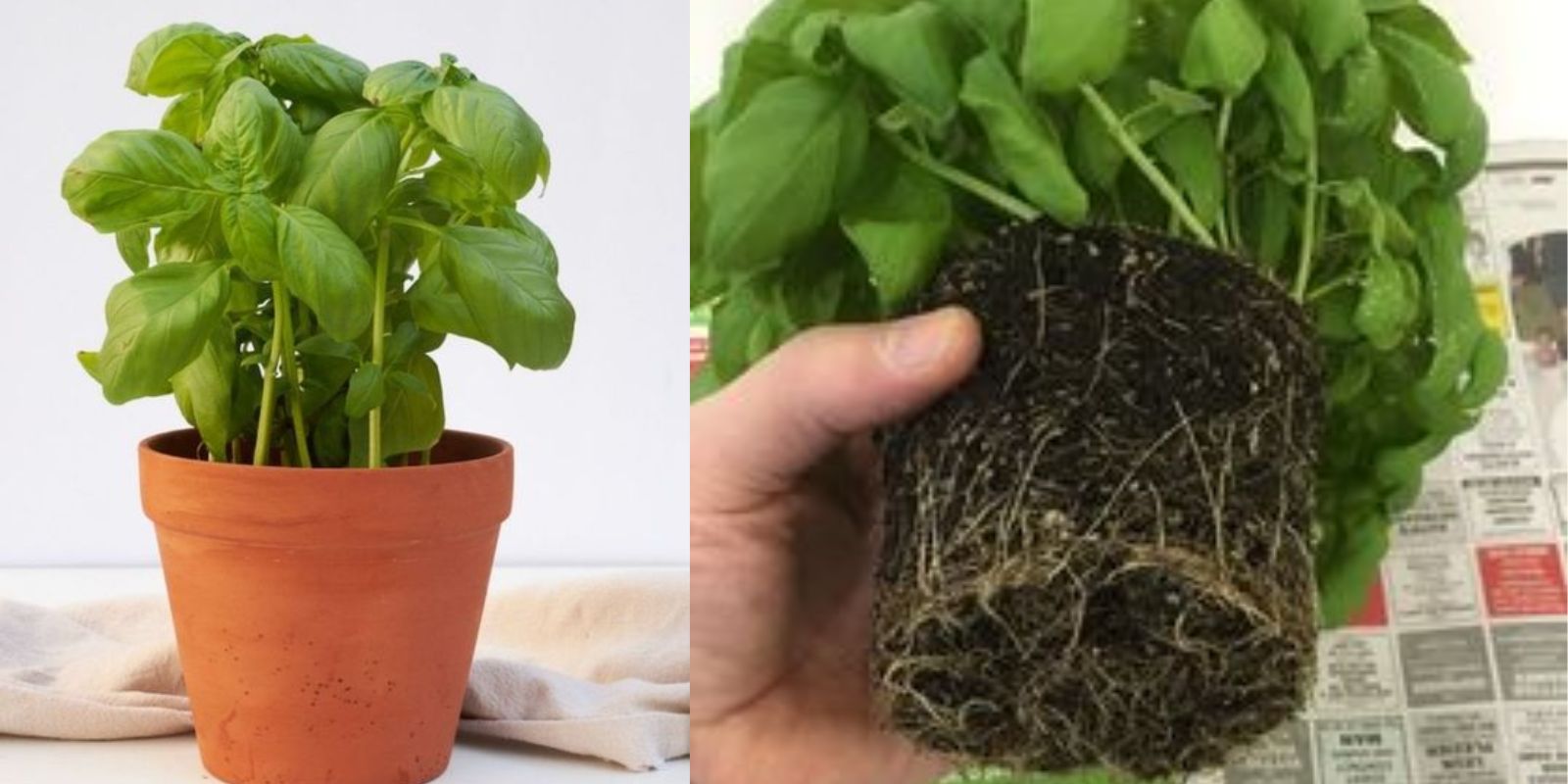Basil, known for its aromatic leaves and culinary versatility, thrives under specific growing conditions. Discovering the ideal planting spots for basil ensures robust growth, lush foliage, and abundant harvests. This article explores the nuances of planting basil, from selecting the perfect location to nurturing its growth for optimal results.
Introduction: The Allure of Basil in the Garden
Basil (Ocimum basilicum) is a beloved herb cherished for its aromatic leaves that impart a distinct flavor to culinary dishes worldwide. Whether used fresh in salads, sauces, or infused into oils, basil’s versatility and vibrant presence in the garden make it a favorite among home gardeners. To cultivate healthy basil plants that yield bountiful harvests, understanding where and how to plant basil is essential. This guide delves into the steps and considerations for planting basil to ensure it thrives and flourishes in your garden.
Selecting the Perfect Spot for Basil
- Sunlight Requirements: Basil thrives in full sun, requiring at least 6-8 hours of direct sunlight daily. Choose a location in your garden that receives ample sunlight throughout the day. South-facing or west-facing areas are typically ideal for maximizing sun exposure.
- Soil Conditions: Basil prefers well-draining soil that is rich in organic matter. Prepare the planting area by amending the soil with compost or aged manure to improve its fertility and structure. Avoid heavy clay soils that retain water, as they can lead to root rot and other issues.
- Temperature Considerations: Basil is sensitive to cold temperatures and thrives in warm, Mediterranean-like climates. Plant basil outdoors after the threat of frost has passed and soil temperatures have warmed to around 50°F (10°C) or higher.
Planting Basil: Step-by-Step Guide
- Seed Starting or Transplanting: Decide whether to start basil from seeds indoors or transplant seedlings outdoors. Sow basil seeds ¼ inch deep in seed trays or directly in the garden soil. Alternatively, transplant seedlings spaced 8-12 inches apart to allow for adequate airflow and growth.
- Watering Practices: Basil plants prefer consistently moist soil but not waterlogged conditions. Water deeply once or twice a week, depending on weather conditions and soil moisture levels. Avoid overhead watering to prevent fungal diseases and focus on watering the soil around the base of the plants.
- Fertilizing: Basil benefits from regular feeding with a balanced fertilizer or organic compost. Apply fertilizer monthly during the growing season to promote healthy foliage and robust growth. Avoid over-fertilization, as it can lead to excessive leaf growth at the expense of flavor and aroma.
Maintaining Basil Health and Productivity
- Pruning and Harvesting: Pinch back basil stems regularly to encourage bushy growth and prevent flowering. Harvest basil leaves frequently, starting from the top of the plant down, to promote continuous production. Use harvested leaves fresh or preserve them by drying or freezing for later use.
- Pest and Disease Management: Monitor basil plants for common pests such as aphids, whiteflies, and spider mites. Control infestations using natural methods like insecticidal soap or companion planting with pest-repelling herbs like marigolds and chives. Prevent fungal diseases by ensuring good air circulation around plants and avoiding overhead watering.
- Companion Planting: Planting basil alongside compatible companion plants like tomatoes, peppers, and oregano can benefit both crops. Companion plants can deter pests, improve soil health, and enhance overall garden biodiversity.
Conclusion: Embracing Basil in Your Garden
In conclusion, cultivating basil involves careful consideration of its sunlight, soil, and watering requirements to ensure strong, beautiful plants that yield abundant harvests. By choosing the optimal planting spot, providing proper care, and incorporating sustainable gardening practices, you can enjoy a thriving basil garden year-round. Share your basil-growing experiences with fellow gardeners, experiment with different varieties, and savor the flavorful rewards of homegrown basil in your culinary creations. Happy gardening! 🌿

